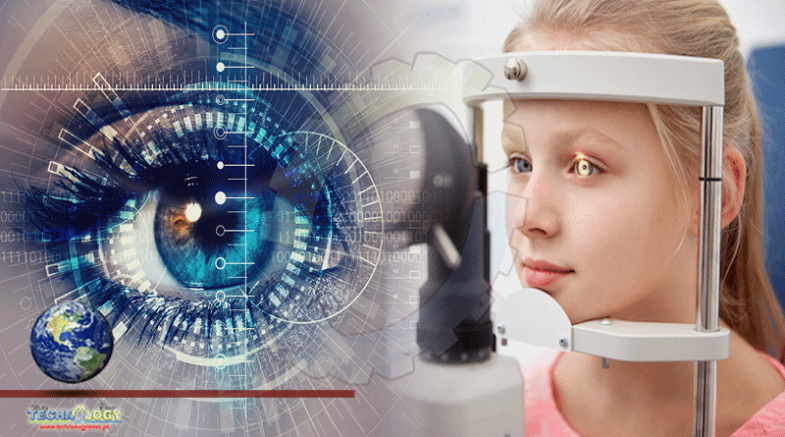With New Technology Advancing Apace & Without Doubt, There Will Be Continued Growth In Demand For Optical Goods & Eye Care.

How we look after our eyes is always changing, with new technology advancing apace. And without doubt, there will be continued growth in the demand for optical goods and eye care. This will be driven in part by the ageing population and the demands that this will bring, and by the continued stream of innovative products and technologies. Alongside this, we cannot yet predict what long-term impact COVID-19 and lockdown measures may have on the way in which people are seeking eye care services and products.
Online eye care technologies
Online eye care will also play a key role in change. The optical industry has been aware of the threat of online for many years, however, the UK market share for prescription glasses online has remained low at 5%(1) for many years now. We may predict that this will continue to be a low figure as customers have stated an understanding of the importance of their frames being professionally fitted (1) and as such will continue to prefer to visit a practice, however, the pandemic may influence choices.
Many of the ‘online’ technologies are now being adapted for use in practice, so items previously seen as USPs for online such as virtual try-on are becoming more commonplace on the high street too. Will this be extended even further to the creation of technology-led practices? Although we have recently seen Luxottica launch their ‘digital vision’, there can still be many restrictions to virtual try-on of frames, especially if done as a self-service function and without the input of a knowledgeable optical professional to advise on fitting requirements and possible restrictions linked to prescription and lens choices.
We won’t be replacing well-trained, competent and confident optical professionals with a service delivered wholly digitally: arguably, customers don’t want it. We will, however, see opticians utilising technology where appropriate to enhance the customer experience and to give quick access to accurate data. Such technologies may include the use of facial scanning to produce a fully bespoke frame to the customers’ precise parameters when matched with 3D printing technologies for frame production. Professional knowledge of facial measurements and their effects will still be invaluable, such as the impact of crest height on the fit of the frame, pantoscopic angle on lens selection and design.
Fully bespoke frames through 3D printing could also include personalisation by the customer to make their glasses really unique. Is there a fashion designer in the house? Lens design has already seen the introduction of many additional measurements now taken into account. Whilst these can all be taken with conventional tools; the use of iPad and tower digital measuring systems will undoubtedly continue to grow in importance.
Where will lens design go next? We already have a 3D lens manufacturer on a commercial scale with Luxexcel. The possibilities from a manufacturing perspective will be huge if 3D printing of lenses is adopted further. Imagine what happens if we can 3D print, on-demand, the frame and lenses in one!
In addition, let’s not forget that in the current drive to reduce the use of plastics, 3D printing of lenses and frames has better ‘green’ credentials in that it uses only the material needed and reduces waste material to nothing. Surely, this will be a driving factor?
Thoughts and predictions for the eye care sector
Have we seen the demise of ‘smart glasses’? Possibly, it seems a long time (six years) since Google Glass was going to change our world. However, in 2020 Facebook announced a partnership with Luxottica, the maker of Ray-Ban, to release its first pair of smart glasses in 2021. Maybe there will be more use of glasses as ‘wearable tech’ other than those previously encountered. There is no reason why they can’t count steps like your fitness wristband. Maybe they could monitor other health aspects too, such as temperature, respiration, heart rate. Imagine the personal assistants ‘Siri’ or ‘Alexa’ built into your specs to access the web or your connected technology at home. One thing is certain: technology will continue to play a huge role in the future of eye care and eyewear.
This news was originally published at Open Access Government
